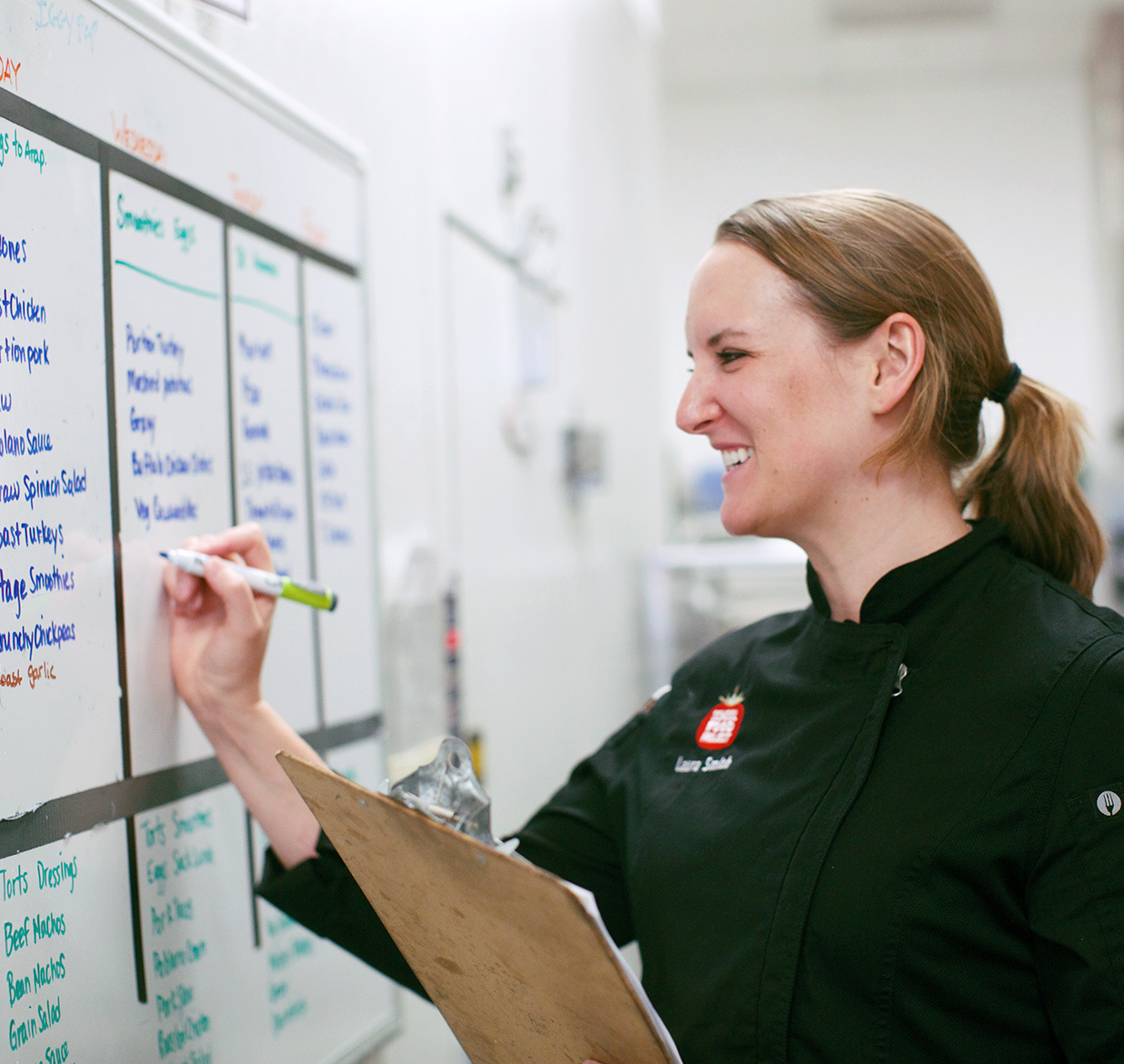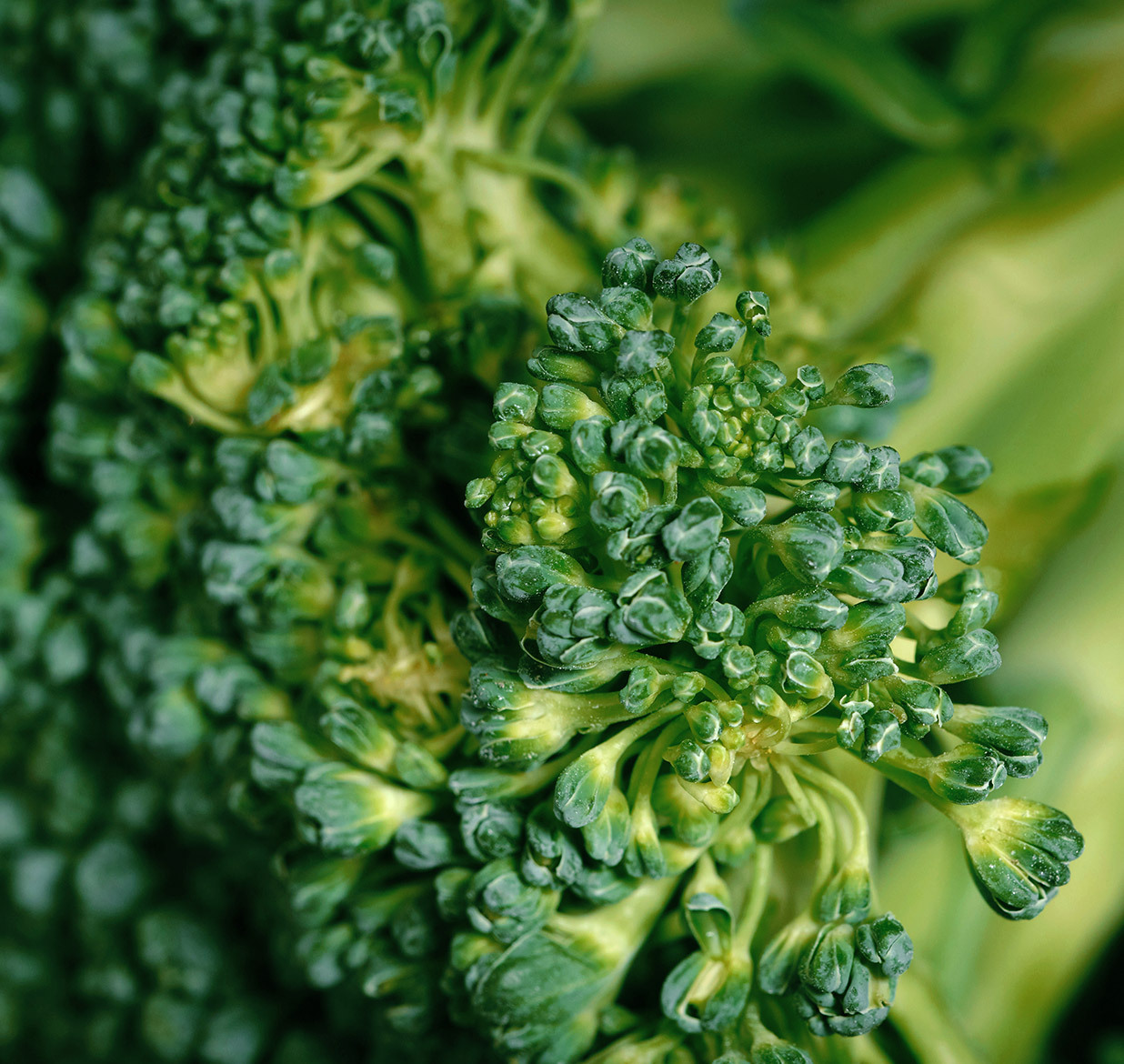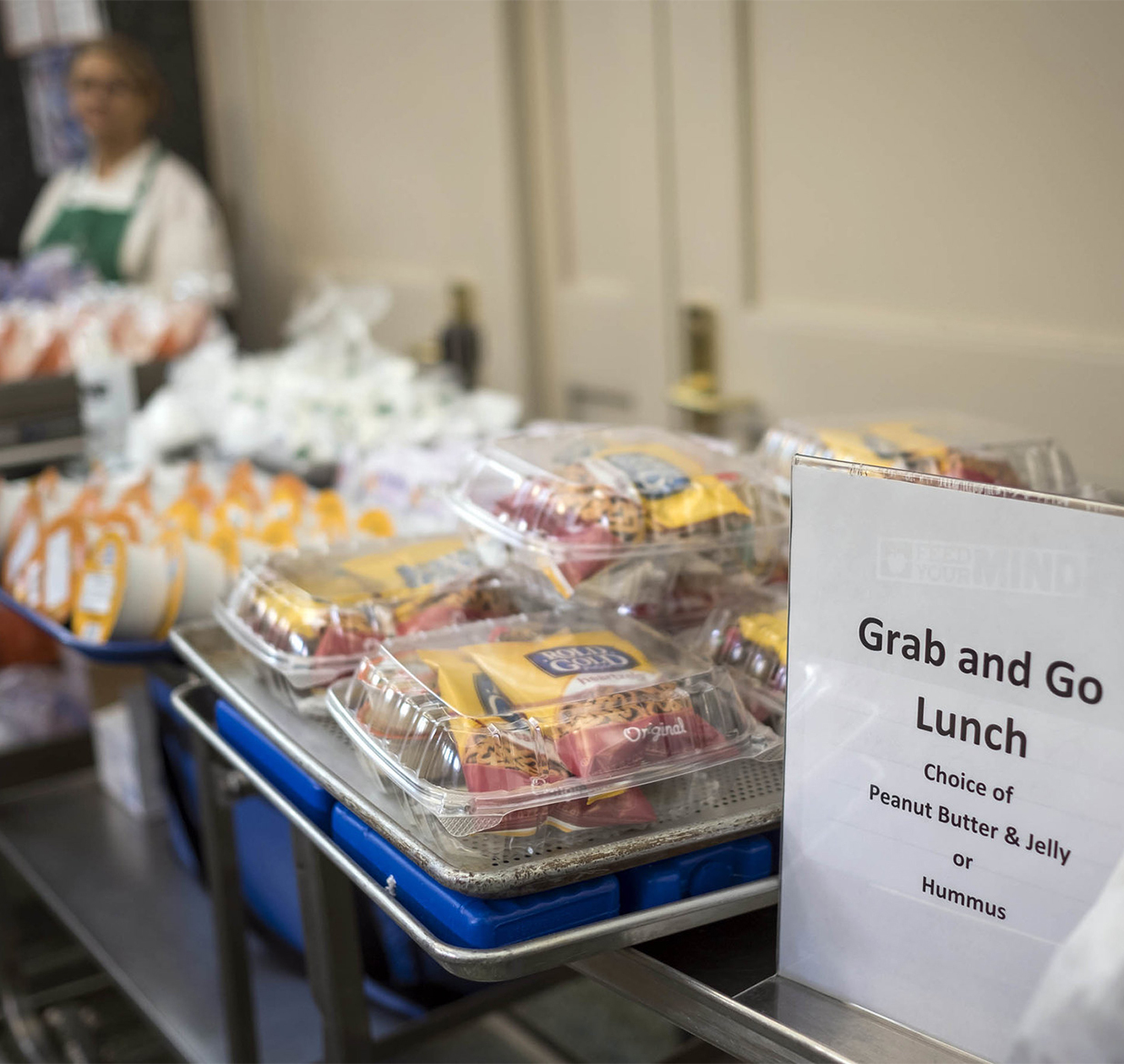
A Fresh Start
School food is messy and complex, but also an incredible opportunity for healthy eating. In this section, we’ll identify the processes and steps to make informed decisions in your meal program.
Menu planning and procurement are the foundation of food services. For a school district transitioning to a fresh food system, a defined vision will provide direction for the many future decisions in a school year.
Learn more about how procurement can support a school meal program’s mission and vision with the School Food Institute Procurement course. Apply for scholarships here.

A Fresh Start
School food is messy and complex, but also an incredible opportunity for healthy eating. In this section, we’ll identify the processes and steps to make informed decisions in your meal program.
Menu planning and procurement are the foundation of food services. For a school district transitioning to a fresh food system, a defined vision will provide direction for the many future decisions in a school year.
Learn more about how procurement can support a school meal program’s mission and vision with the School Food Institute Procurement course. Apply for scholarships here.
Creating a Vision
When we say: “I want the kids to have healthy food,” what does that really look like? What does “healthy” mean, and how is it determined? Is it the nutrition facts label? Is it whether the ingredient list has one ingredient or twenty? Is it whether the food was received whole, precut, or precooked? These are the questions that school food is addressing every day.
Developing a program vision requires critical evaluation of ingredients and program elements, such as marketing and meal service. Your overall goals should drive your vision.

Food Standards
Shaping and Defining Your Food Standards
A program vision provides guidance for day-to-day decisions, such as wellness goals and nutrition education. Food standards provide the benchmarks for ingredients.
The federal and state standards combine to provide the legal framework and requirements of procurement for the National School Lunch Program. When we discuss “defining your food standards,” we are not referring to the correct and compliant method of procurement relative to federal or state code, but rather, how your district, state, city, or county may define or describe the food that you purchase for your meal programs. The term “food policy” is another common reference for this. These standards are a measure beyond the federal food procurement standards that regulate a safe and healthful food supply.

Food Standards
Shaping and Defining Your Food Standards
A program vision provides guidance for day-to-day decisions, such as wellness goals and nutrition education. Food standards provide the benchmarks for ingredients.
The federal and state standards combine to provide the legal framework and requirements of procurement for the National School Lunch Program. When we discuss “defining your food standards,” we are not referring to the correct and compliant method of procurement relative to federal or state code, but rather, how your district, state, city, or county may define or describe the food that you purchase for your meal programs. The term “food policy” is another common reference for this. These standards are a measure beyond the federal food procurement standards that regulate a safe and healthful food supply.
Defining food standards helps guide menu planning and ultimately procurement. District and community stakeholders are increasingly involved in shaping and defining standards as school districts recognize the value in creating a healthy school environment on all levels, including the dining room. Revisiting the Local Wellness Policy to assess and set clear, achievable goals is one of the most common avenues for defining food standards in school districts, but a district can also adopt food or nutrition standards as a stand-alone policy. To help the process of developing your district’s food standards and a procurement plan, this Ingredient Resource Guide can help to identify ingredients that may not align with your program’s vision or wellness policy.
Sample Wellness Policy
The following language is an example from Boulder Valley School District’s Wellness Policy that includes their food standards:
BVSD’s Wellness Policy regarding Food, Nutrition & Procurement
- All of our food will be cooked with a priority on both healthfulness and deliciousness.
- All menus will promote scratch-cooked meals made from fresh fruits, fresh vegetables, whole grains, and clean proteins to include plant-forward menu items.
- BVSD has implemented the following practices, procedures and standards:
- In practicing good food procurement methods, BVSD will support a regional food system that is ecologically sound, economically viable, and socially responsible. Thoughtful purchasing practices by BVSD can influence the creation and availability of a local, equitable, and sustainable good food system. BVSD will continue to emphasize the following values for food procurement: local economies, environmental sustainability, valued workforce, animal welfare, nutrition, and value-chain equity and innovation.
- The procurement plan, shall seek to eliminate potential harmful food additives, colorings and dyes, high fructose corn syrup, genetically modified foods, pesticides, herbicides, hormones, antibiotics, refined sugar, brominated flour and artificial sweeteners.
As shown above, a food standard vision can comply and reach beyond the federal guidelines for nutrition, and will also provide a clear understanding of procurement goals and priorities.
Prepared Foods
We strongly advocate scratch cooking in schools because we believe that this is the best way to support the health of children and the environment. When kids have access to fresh foods and whole ingredients, they can thrive in their school day and beyond. Districts should prioritize cooking items at the center of the plate (i.e., entrées) from scratch, so that the main components of each child’s meal are also the least processed.
However, with only ~$3.60 to spend per lunch on food, labor and overhead, there may also be times when purchasing prepared foods that are high quality and clean label can be helpful and logical. Here are some examples:
Labor or Skill Intensive Menu Items
To provide menu variety and culturally relevant foods, districts may want to offer prepared items that their staff do not have the time or expertise to make in house. Examples: tamales, dumplings, empanadas


Prepared Foods
We strongly advocate scratch cooking in schools because we believe that this is the best way to support the health of children and the environment. When kids have access to fresh foods and whole ingredients, they can thrive in their school day and beyond. Districts should prioritize cooking items at the center of the plate (i.e., entrées) from scratch, so that the main components of each child’s meal are also the least processed.
However, with only ~$3.60 to spend per lunch on food, labor and overhead, there may also be times when purchasing prepared foods that are high quality and clean label can be helpful and logical. Here are some examples:
Labor or Skill Intensive Menu Items
To provide menu variety and culturally relevant foods, districts may want to offer prepared items that their staff do not have the time or expertise to make in house. Examples: tamales, dumplings, empanadas
Emergency Feeding Situations
It can be helpful to have prepared items on the menu – and therefore in inventory – so that they are available in an emergency situation. In areas with frequent power or water outages, it may be necessary to have foods on hand that can be served regardless of utilities. Mass volume feeding in short periods of time over and above regular school meal service (e.g., hurricane relief or pandemic aid) may necessitate the use of prepared foods. Prepared foods include shelf stable or canned items. Examples: canned tuna fish, applesauce, canned beans, nut butters
After School Snacks & Supper Programs
Districts may want to use prepared items for programming happening late in the day (e.g., between 5:00 - 7:00 pm), when it is impossible or cost prohibitive to have staff on site. Recommended items include: crackers, granola bars, pre-wrapped burritos, meat & cheese sticks
Systems Change Transitions
To create buy-in from the staff and balance their workflow, it can be beneficial to slowly transition to scratch cooking. Districts may want to offer some clean label prepared foods while their staff acclimates to scratch cooking or learns new recipes as a trade-off so that they have more time to scratch cook other menu items. Recommended items include: pre-made pizzas or pizza crusts, pre-rolled burritos, prepared sauces
Breakfast in the Classroom
Prepared items can be useful for meals that have to be transported from the cafeteria and served quickly in a classroom setting. Recommended items include: breakfast burritos, breakfast bars, muffins, breakfast sandwiches
Recommended Next Topic: Fresh Food Systems
Establishing relationships with suppliers that support your program vision and goals is critical. Be an informed buyer. Know your history, menus, specifications, and volumes needed.
Recommended Next Topic: Fresh Food Systems
Establishing relationships with suppliers that support your program vision and goals is critical. Be an informed buyer. Know your history, menus, specifications, and volumes needed.






